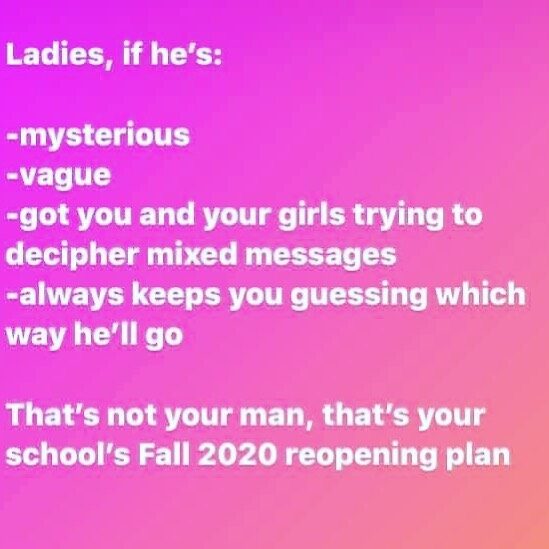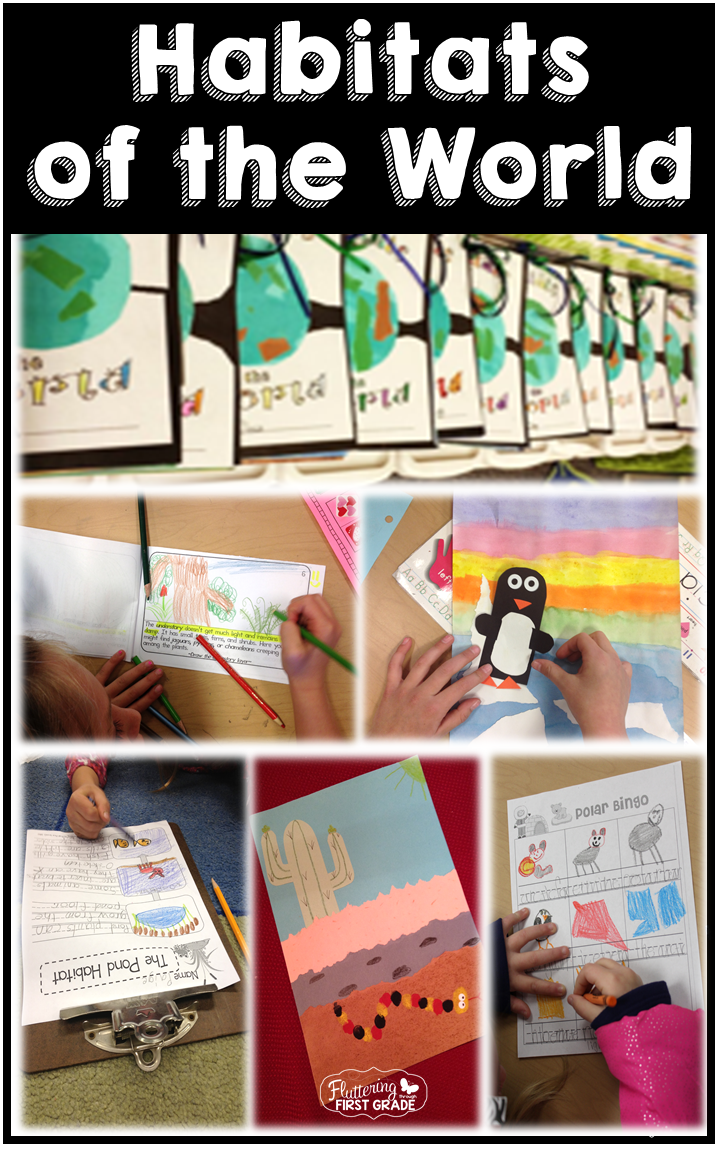
Several years ago, we received the news that habitats had been added to our science curriculum. We loved the idea of taking our students around the world to learn about plant and animal life around the globe! What we didn’t expect was that it would take our science curriculum to a whole new level that our students would love.
We’ve received a lot of questions on how we use our Habitats of the World Bundle throughout the year…So climb aboard our plan book…Buckle your belts and let’s take a ride through our Habitats of the World lesson plans.
We start the year by introducing our students to the idea of habitats…Most of them have little to no prior knowledge of the topic, so we created this little book to help them understand.
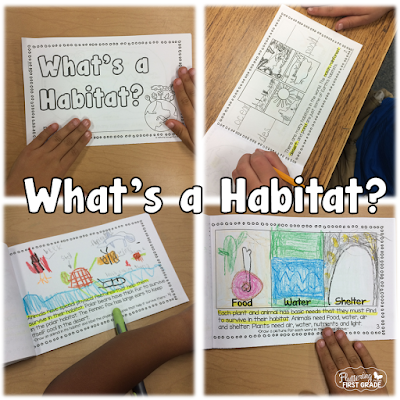
You can download our “What’s a Habitat?” little book for free in our TpT Shop.
Our habitats bundle currently has 6 habitats, but soon to be 7. By popular demand, we’ll be adding Forest Habitat very soon!
All of our habitat unit covers just got a facelift…We love them!
Here’s What’s Included in Each Unit
*16 Habitat Vocabulary Cards
*1 Blank Habitat Bingo Card Master
*5 Pre-made Habitat Bingo Cards
*Habitat Vocabulary Definitions
*1 Habitat Mini (8 page) Book
*Habitat Fact Finders Activity
*Habitat Definition Activity
*Habitat Vocabulary Sentence Activity
*Habitat Vocabulary Activity
*Habitat Writing Brainstorm Page
*Habitat Writing Final Draft Page
*Habitat Art Project
*List of Common Core Standards for each unit
You can see each unit up close by downloading their previews in our TpT Shop.
We typically teach habitats in this order throughout the school year:
August – Ocean Habitat
November – Forest Habitat
January – Polar Habitat
March – Pond Habitat
April – Rain Forest Habitat
May – Desert Habitat
June – Savanna Habitat
We follow the same lesson scope and sequence for each of our habitat units as outlined below. Of course depending upon the time of year, abilities of our students, and the amount of time we actually have in our days, we adjust some of these activities accordingly.
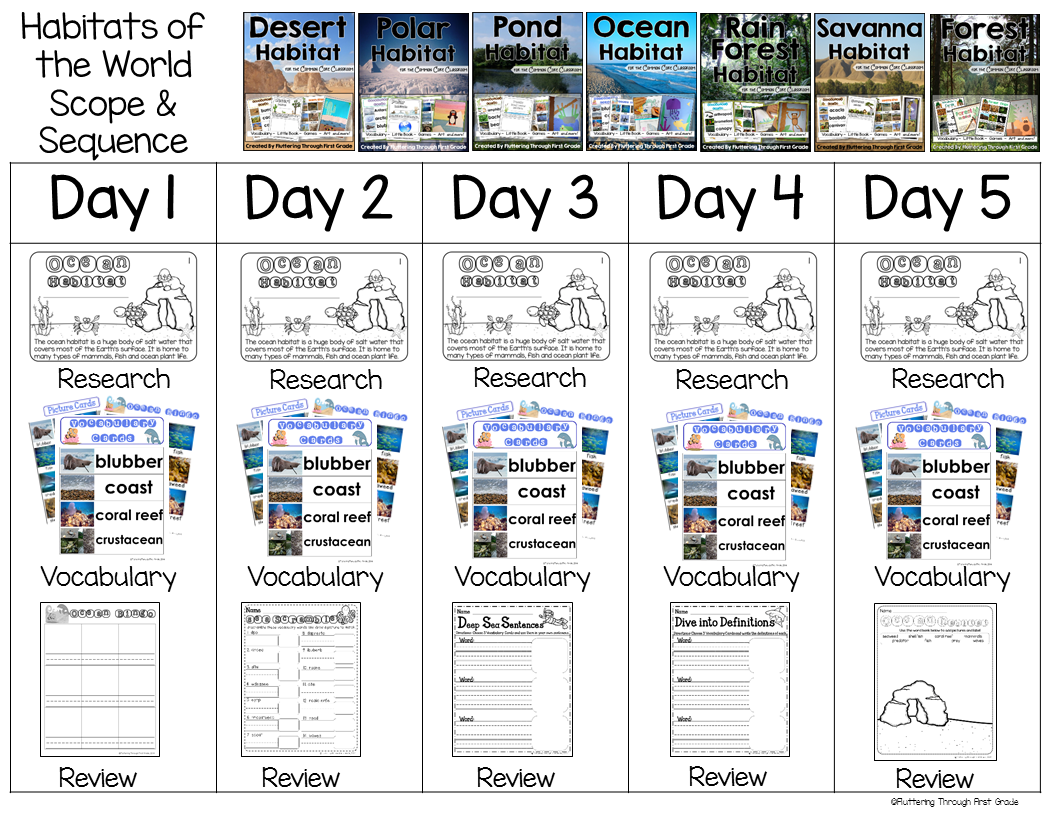
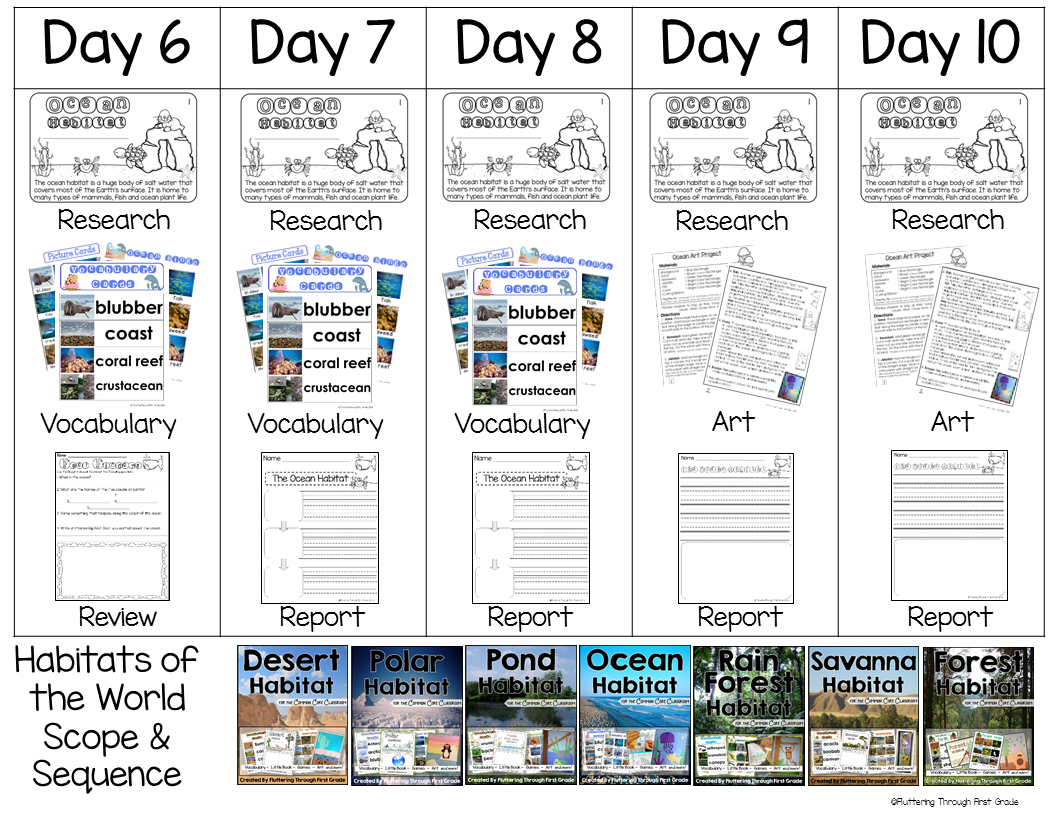

Each of our habitat units of study focuses on a mini book. These non-fiction, fact filled readers help our students focus on key information and reading for details. We ask them to highlight as we go and they get a ton of practice finding facts. Then, they illustrate the page to solidify their understanding.
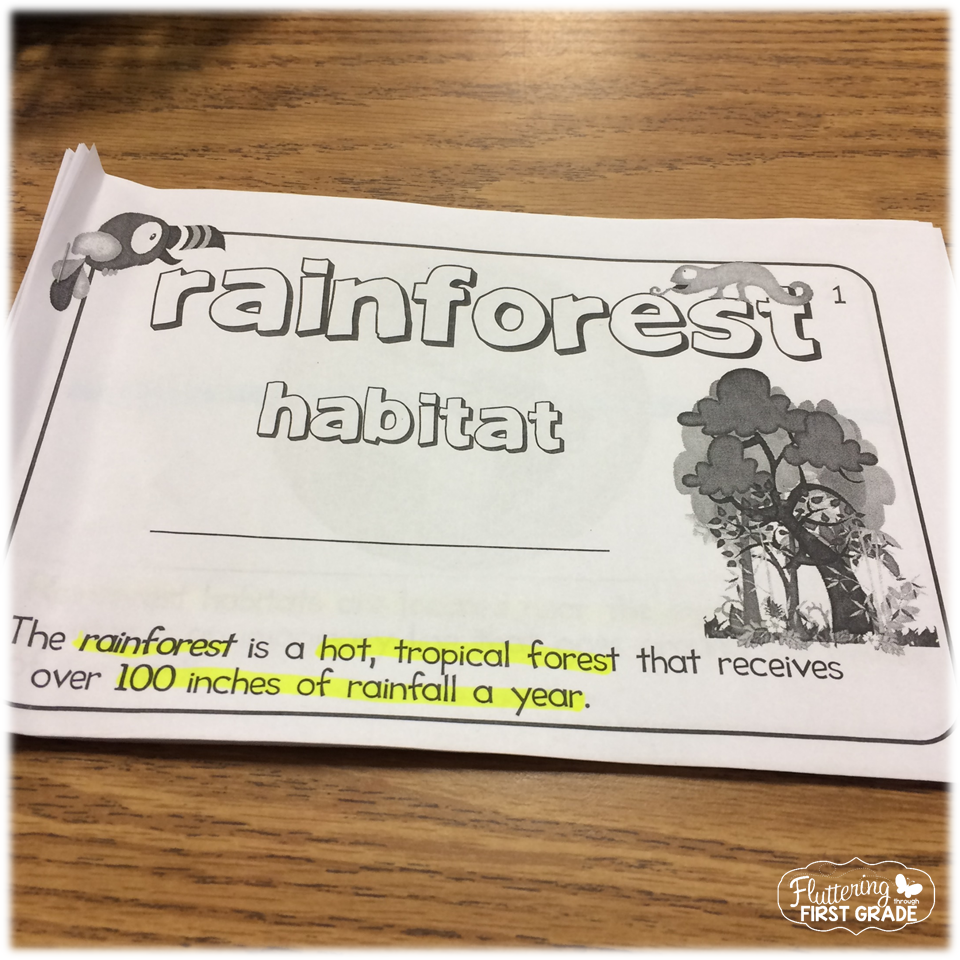
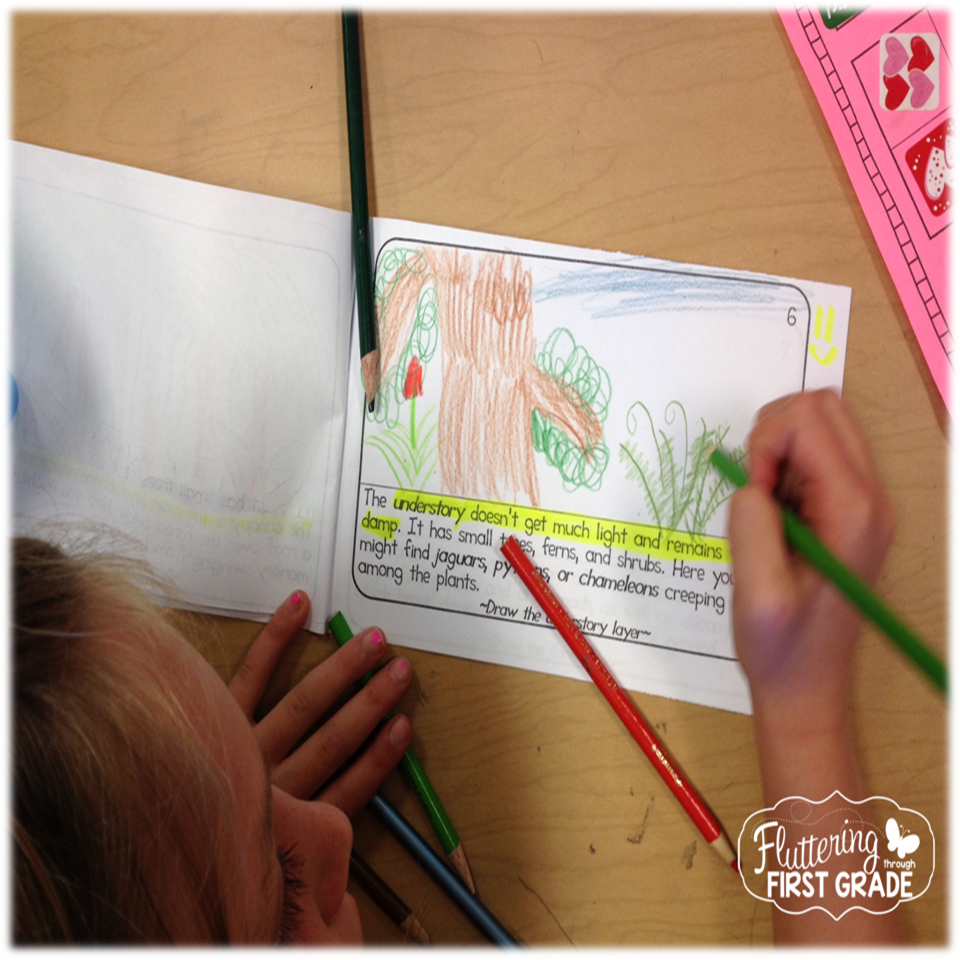

We provide tons of opportunities to learn, practice and use the academic vocabulary that accompanies each habitat. It’s amazing how quickly our class picks up these words! We disguise the vocabulary in games and give them multiple opportunities to “play”. Our favorite way to use these is with parent volunteers. They are easy pick up and go activities and the more we practice our habitat vocabulary the more we find our students get out of our research. 

We use our vocabulary in as many review activities as we can. Whether they work on them during morning work, centers, or as homework, we give them multiple opportunities to review the concepts and key vocabulary of each habitat.


Once we’ve researched and have a solid foundation for the habitat, we take our students through the writing process by brainstorming facts and writing reports from our learning.



Finally, we have some fun! We create an art project to culminate our learning and to go along with our habitat reports.
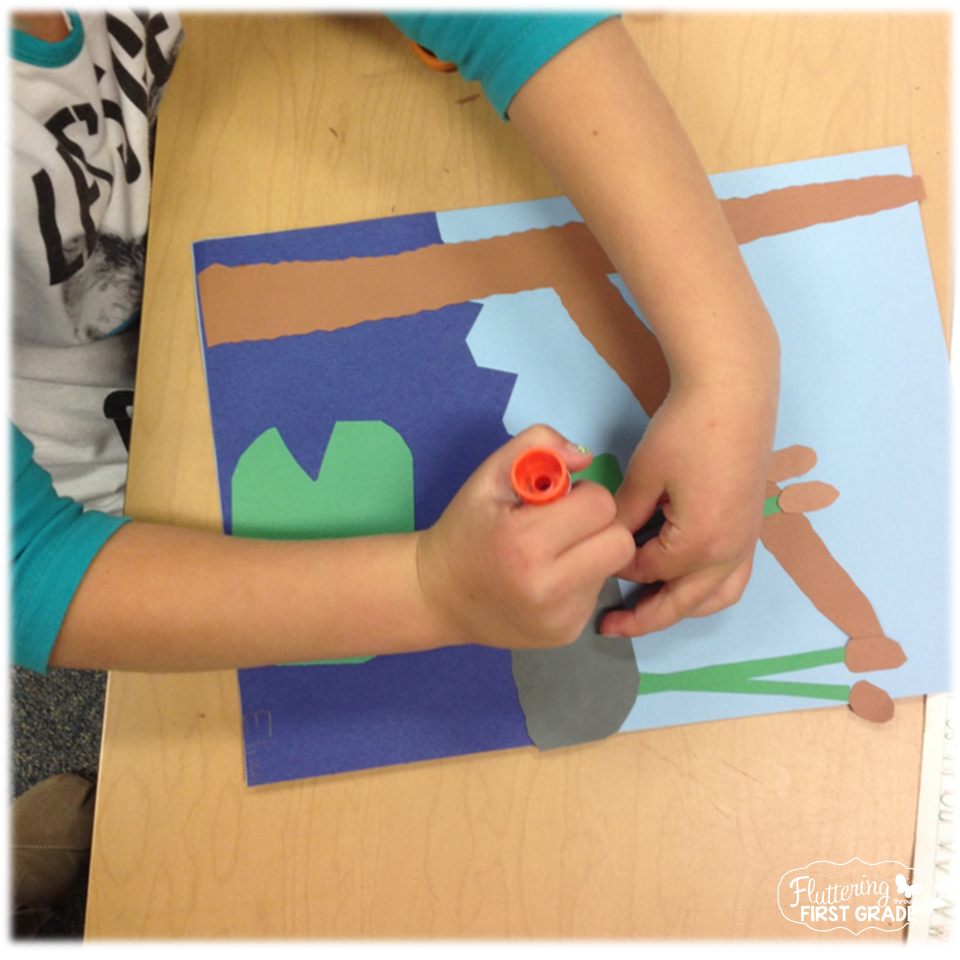

Most of our art goes into our habitat books, but some are too cute not to hang on the classroom walls.

We save each of their reports and art projects to make a keepsake habitat book of all the habitats we research throughout the school year.
We create our habitat book covers during Earth Week. You can download the instructions and cover template from our post {here}.

We display our class habitat books at Open House at the end of the school year. It is one of our favorite take aways for families year after year.
 So there you have it…Our year of habitats!
So there you have it…Our year of habitats!
You can download our habitat lesson scope and sequence below. Enjoy!


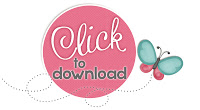
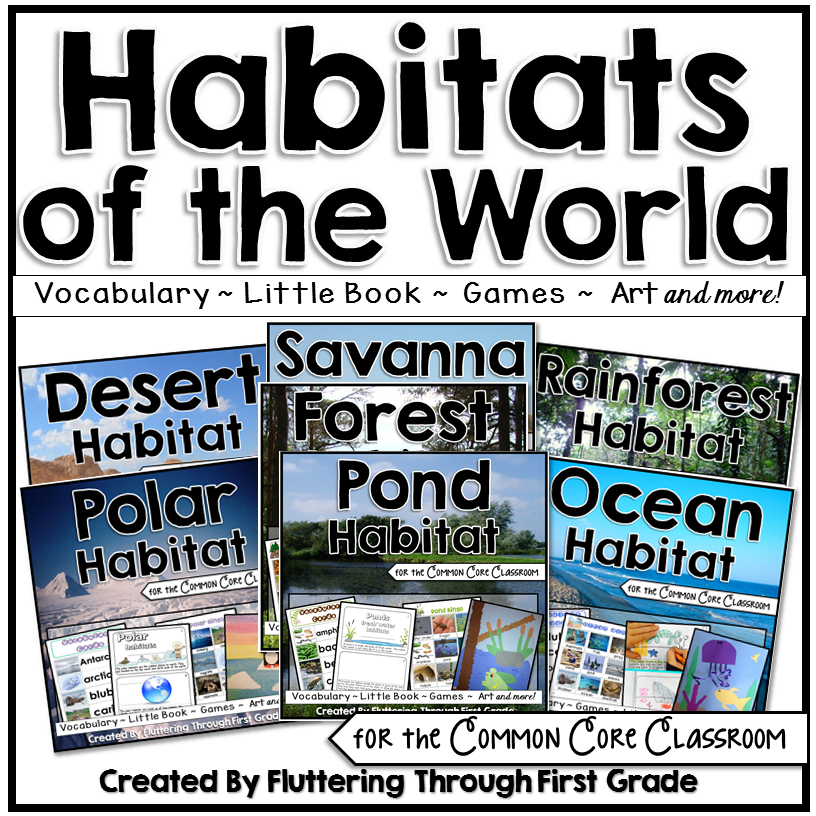





 Mindset Melodies are the best for building cla
Mindset Melodies are the best for building cla





